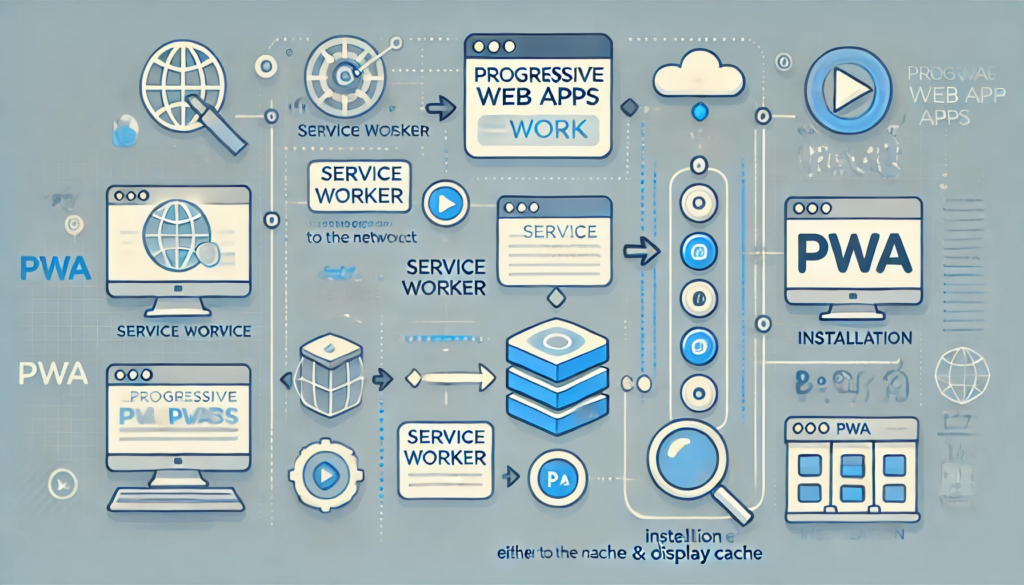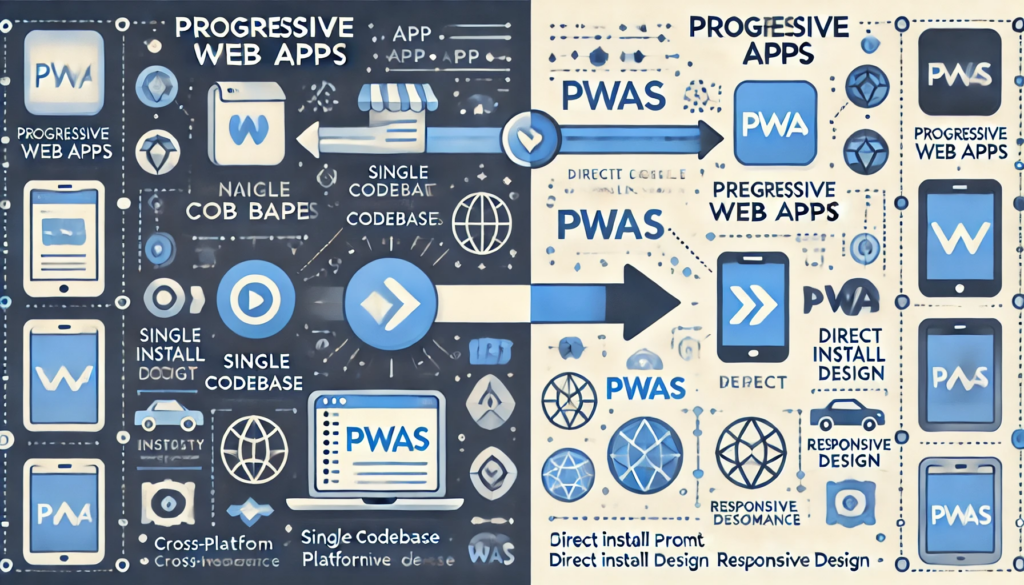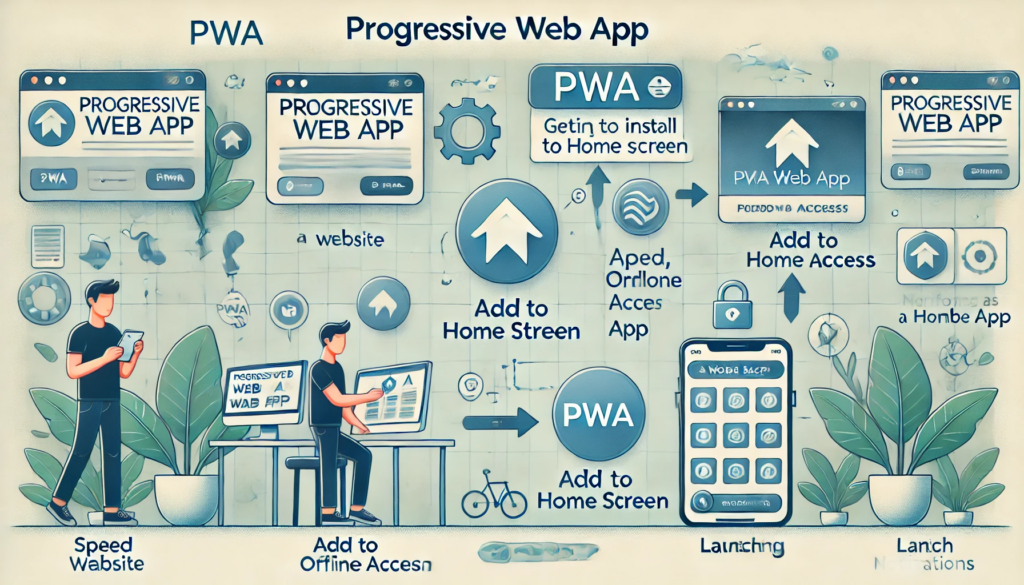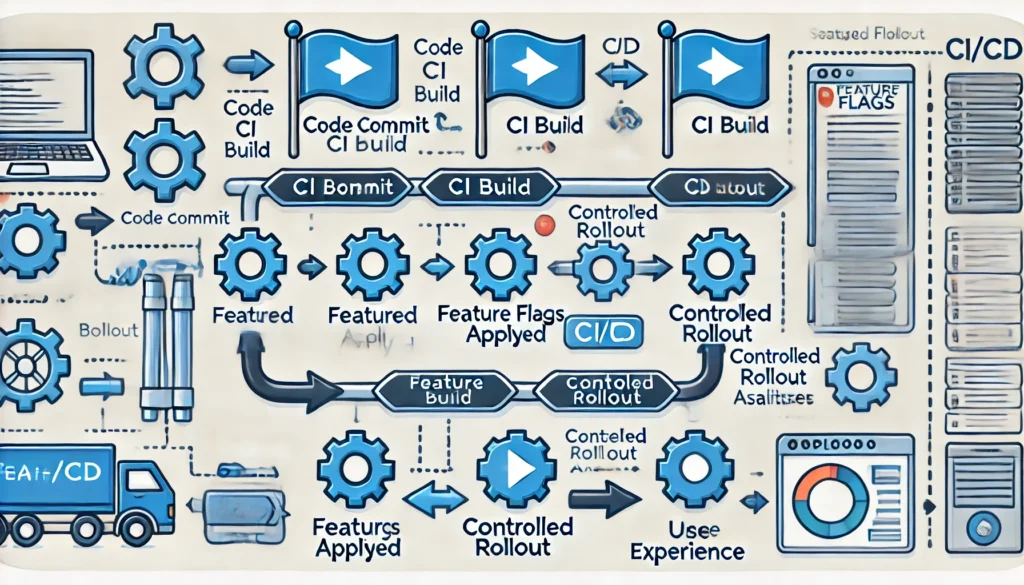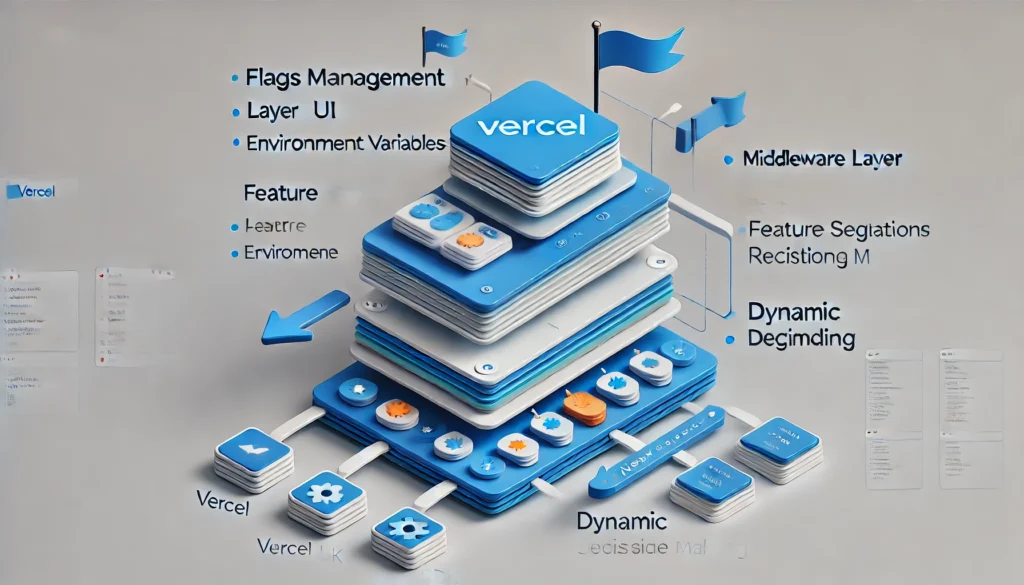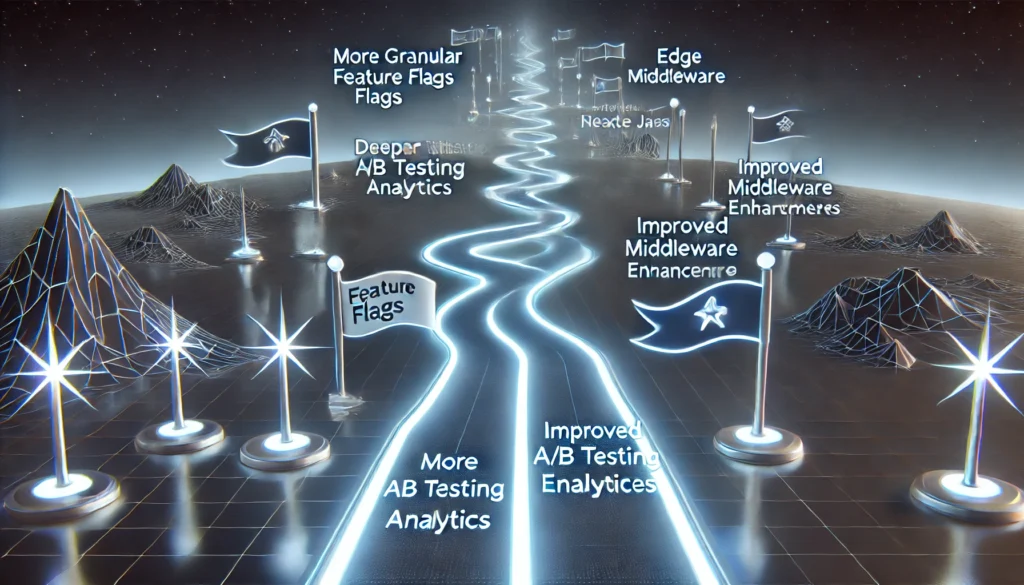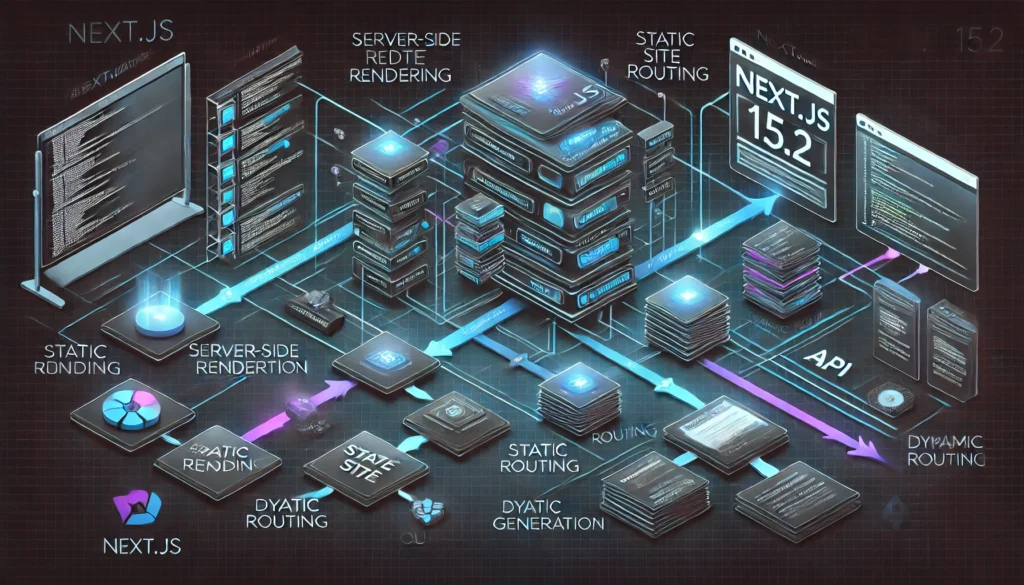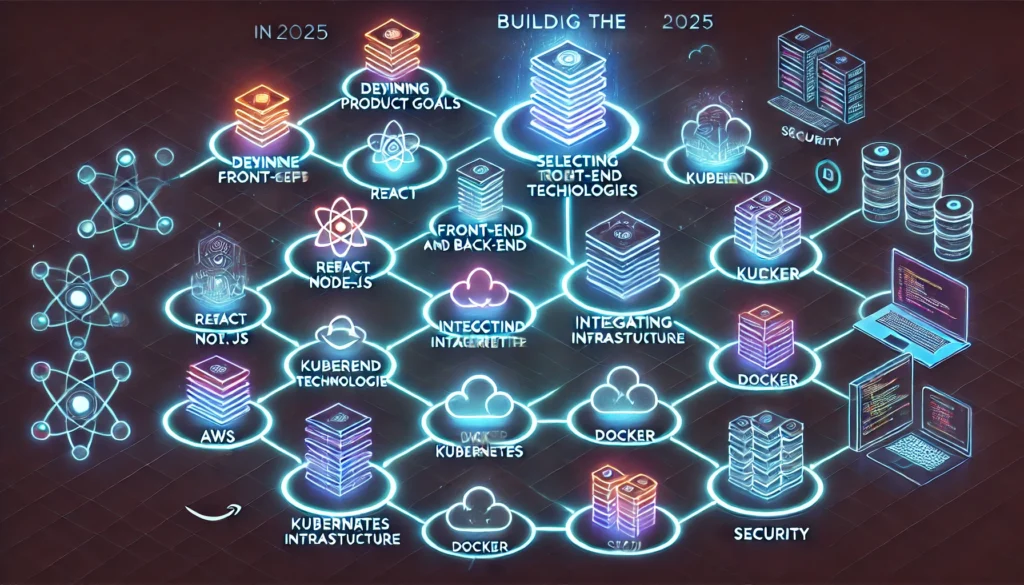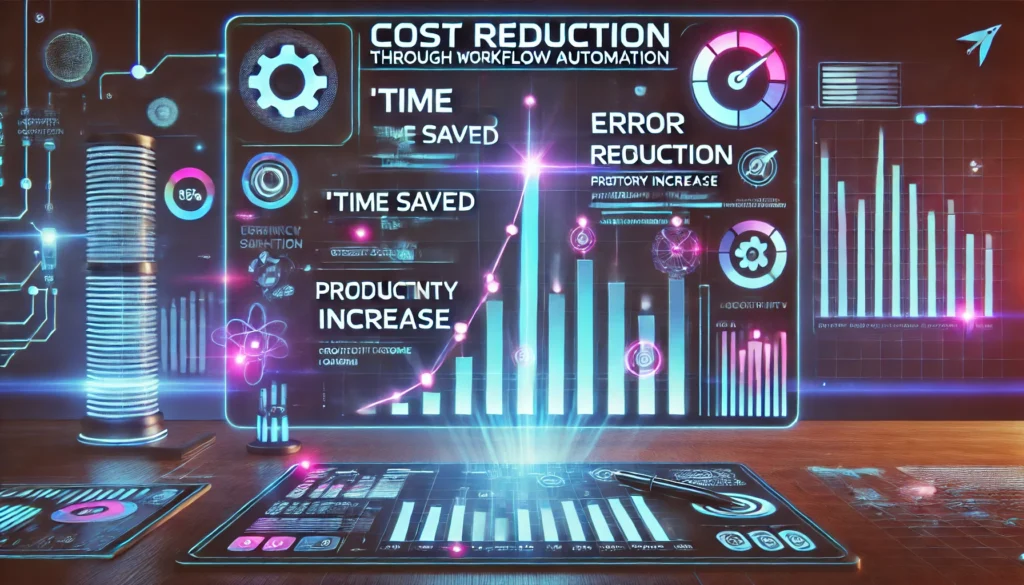The notion of a decentralized, user-centric internet has seized the world’s imagination. After decades of incremental progress, we are now witnessing a shift from traditional online experiences to a dynamic new era often referred to as Web 3.0. While Web 1.0 was defined by static pages and passive content consumption, and Web 2.0 by interactive platforms dominated by large tech giants, Web 3.0 promises to place power back into the hands of users through decentralization, transparency, and robust security.
Over the last few years, blockchain technology has come to symbolize this emerging frontier. What was once an experimental protocol used primarily for cryptocurrency transactions has evolved into a powerful framework for building applications that value user autonomy, privacy, and community governance. Startups and established enterprises alike are embracing blockchain-based tools for everything from peer-to-peer finance to digital identity management. Meanwhile, the concepts of tokenization, smart contracts, and non-fungible tokens (NFTs) have broadened the scope of what’s possible, creating digital economies that challenge conventional business models.
As the infrastructure underpinning Web 3.0 solidifies, we must consider the deeper implications of decentralization. How will organizations adapt to an environment where data ownership is shared among participants rather than held by a single entity? What new ethical and legal questions will arise when users can seamlessly transfer digital assets across borders without intermediaries? And most importantly, how will these changes impact the average user’s experience online?
Blockchain’s future is still being written, but one thing is clear: its potential extends far beyond cryptocurrency speculation. By weaving trust directly into the fabric of the internet, blockchain solutions can help eliminate middlemen, mitigate censorship, and foster a global marketplace of ideas and services. From decentralized finance (DeFi) platforms that disrupt traditional banking to community-owned social networks that reward engagement, the possibilities are vast and transformative. Throughout this post, we’ll explore the core principles of Web 3.0, how blockchain-based services work under the hood, and how these technologies might redefine the digital landscape in the years to come.
Even though the path to decentralized technologies has been winding and sometimes plagued with hype, the foundational breakthroughs of blockchain have paved a clear road toward a less centralized, more user-friendly internet. The evolution is far from over, but the shift away from singular points of control is drawing near. Web 3.0 looks poised to deliver major benefits to developers, end-users, and businesses that decide to keep pace with its progress. By understanding its origins, fundamental attributes, and current real-world use cases, readers can place themselves at the forefront of an exciting revolution that fuses cutting-edge cryptography with the unlimited reach of the internet.

As a dedicated web development studio, Vadimages has been closely observing these trends. We recognize that the future of the internet will be shaped by the applications and digital experiences that harness blockchain’s possibilities. Whether you are a startup looking to launch an innovative dApp (decentralized application) or a larger enterprise seeking to modernize your infrastructure, our team at Vadimages stands ready to assist. From conceptual design to full-stack development and rigorous testing, we help our clients realize bold ideas in the emerging Web 3.0 space. Our wealth of experience in branding, UI/UX, and code implementation makes us a trusted partner for projects on the cutting edge of technology.
The Evolution Toward Web 3.0
When the internet first entered mainstream consciousness, it was a relatively static place. Web 1.0 sites resembled digital brochures, offering little beyond textual content and occasional images. In this era, users were primarily content consumers, and the concept of user-generated content remained in its infancy. Then came the Web 2.0 revolution, exemplified by social media platforms, wikis, and interactive websites that allowed for greater participation. This shift empowered individuals to create blogs, videos, and communities, but it came at a cost: the rise of centralized data silos.
While Web 2.0 undeniably accelerated innovation, many platforms became reliant on extracting and monetizing user data. Large corporations established themselves as intermediaries, managing vast quantities of personal information. The result was a digital ecosystem beholden to ad-driven revenue models and overshadowed by privacy concerns. Recent controversies over data misuse and censorship have only magnified the flaws in this structure, leaving users searching for alternatives that offer more control and transparency.
Enter Web 3.0, which seeks to upend the status quo by employing blockchain protocols that shift decision-making and ownership to decentralized participants. At its core, Web 3.0 replaces trust in centralized authorities with trust in algorithms and distributed ledgers. Rather than relying on a single company to manage your login data or content, you hold cryptographic keys that confirm your identity and grant you permission to interact directly with peers on the network. The principle of decentralization ensures that power is dispersed among many instead of concentrated in the hands of the few.
Smart contracts, a key innovation in the blockchain world, automate agreements between parties without requiring a central intermediary. You can think of them as self-executing lines of code that run exactly as programmed, triggering outcomes once specific conditions are met. Whether it’s distributing royalties from an NFT sale or managing membership rights in a decentralized autonomous organization (DAO), smart contracts allow for trustless interactions governed by transparent code.
Beyond removing the need for centralized oversight, Web 3.0 fosters new community-driven models of governance. Token-based voting systems, for example, let users collectively shape the direction of a platform they own. Decisions about future features, protocol upgrades, or resource allocation can be made by those actively participating in the network rather than a corporate board. This democratization extends beyond purely technical matters; it also leads to more equitable profit sharing. Users become stakeholders who earn rewards for contributing computing power, moderation services, or creative work, reinforcing an environment that values fairness and collaboration.
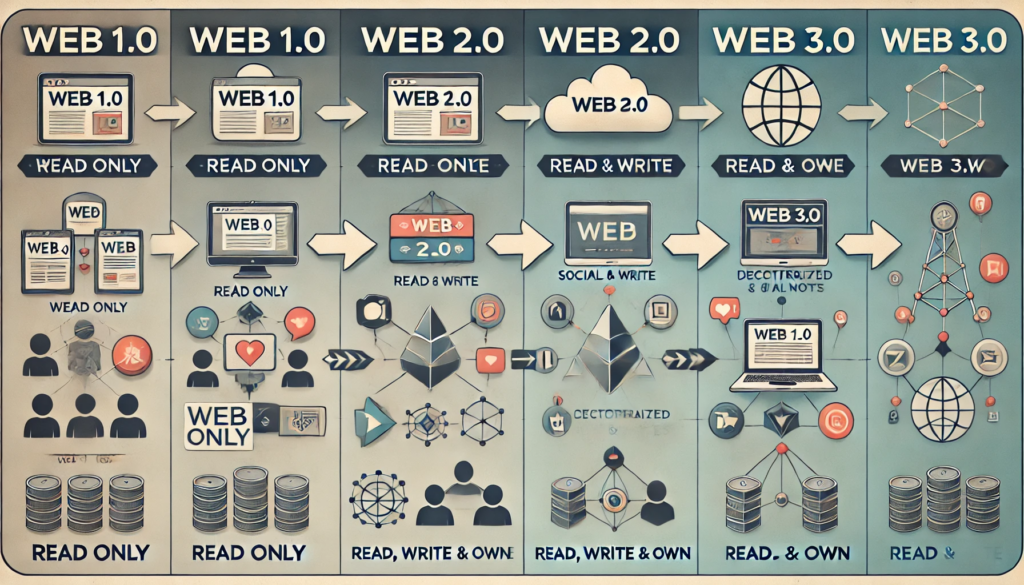
At Vadimages, we see these developments not as abstract theories but as living opportunities to reimagine the digital world. By marrying blockchain-based frameworks with intuitive user experiences, we believe we can create robust platforms that speak to the needs of modern users. Rather than passively consume, internet users can participate, co-own, and co-create. Our studio excels at bridging the gap between cutting-edge blockchain protocols and real-world usability. We focus on clarity, efficiency, and security at every stage of development, ensuring that your decentralized application is both feature-rich and accessible.
Real-World Blockchain-Based Solutions
A clear demonstration of Web 3.0’s potential lies in the array of real-world applications that have arisen from blockchain technology. Initially, cryptocurrencies were the headline act, promising peer-to-peer financial exchanges outside the purview of traditional banks. However, the rapid rise of DeFi (Decentralized Finance) platforms has shown that blockchain can power sophisticated financial products—like lending, borrowing, and derivatives trading—without requiring a central authority to maintain trust between parties. It’s not uncommon today to find users staking their assets in liquidity pools, earning yields, or participating in governance for their favorite DeFi protocols.
NFTs have also captured public attention, illustrating how tokenization can transform digital ownership. Artists and creators can now mint NFTs tied to unique digital artworks or collectibles, verified on a blockchain to ensure authenticity. These tokens can be bought, sold, and traded, granting royalties to the creators whenever ownership changes hands. The appeal extends to gaming ecosystems where in-game items can be tokenized and transferred freely between players or across compatible platforms. This shift disrupts traditional models where game publishers had absolute control over virtual assets and highlights how user-centric ownership can emerge in digital realms.
Supply chain tracking provides another compelling example of blockchain’s utility. Through distributed ledgers, items can be traced from origin to store shelves in a tamper-proof manner. This level of transparency boosts consumer confidence, mitigates fraud, and can even assist with sustainability initiatives. When combined with the trustless attributes of smart contracts, manufacturers and distributors can automate complex logistics processes, reduce paperwork, and lower operational costs. From agriculture to pharmaceuticals, supply chain solutions are steadily migrating to blockchain infrastructure.
Identity and data management is yet another sphere poised for disruption. Rather than handing over sensitive information to every website, users in a Web 3.0 environment can maintain a single cryptographic identity that confirms their credentials without revealing extraneous personal details. This approach reduces the risk of massive data breaches since each entity you interact with doesn’t store your full identity. Government services, educational institutions, and health organizations have begun exploring decentralized identity systems, aiming to protect privacy while ensuring accurate record-keeping.

Despite the wide-ranging possibilities, it’s important to acknowledge that this transition is not without hurdles. Public blockchain networks sometimes wrestle with scalability, struggling to handle high transaction volumes without incurring substantial fees. There’s also an ongoing debate about the environmental impact of certain consensus mechanisms, particularly Proof of Work. Nonetheless, the emergence of more efficient consensus algorithms—like Proof of Stake—alongside layer-two scaling solutions is rapidly mitigating these concerns, making blockchain platforms more sustainable and capable of accommodating mass adoption.
Vadimages has observed this growth first-hand, collaborating with clients across various industries who seek to harness the transformative power of blockchain. Our projects span from developing custom NFT marketplaces that seamlessly integrate with user-friendly wallets, to implementing secure smart contract systems that facilitate transparent business agreements. We pride ourselves on our ability to combine technical rigor with creative ambition, ensuring that every blockchain solution we deliver is stable, efficient, and visually engaging. If you’re planning your own foray into decentralized apps, our expertise can help you navigate everything from architecture design to rigorous security audits.
The Future of Decentralized Tech
A pressing question for entrepreneurs, technologists, and everyday users is how these blockchain-based paradigms will evolve. While innovations like DeFi, NFTs, and DAOs have already demonstrated immense potential, we are still in the early innings of decentralization. Much like how the smartphone revolution seemed to come from nowhere and quickly transformed day-to-day life, Web 3.0 technologies might soon underpin everything from social media and digital marketing to healthcare and public governance.
Regulatory clarity is an area to watch closely. Governments worldwide have taken varied approaches to blockchain-based platforms, with some embracing them as catalysts for innovation and others proceeding cautiously due to concerns about fraud, money laundering, and tax evasion. A robust legal framework that safeguards both users and innovators will be essential for the mass adoption of Web 3.0. That said, the inherent global nature of decentralized networks means that local regulations might only apply to a portion of their user base, underscoring the need for international cooperation and standardization.
On the technical front, user experience remains a priority. While crypto wallets and decentralized exchanges have made major strides, there is still progress to be made before mainstream users find them as intuitive as traditional banking apps. For Web 3.0 to fully take off, developers must simplify private key management, standardize user interfaces, and offer reliable customer support channels that mirror the convenience people are used to. Part of the magic of the smartphone revolution was how it abstracted away the complexities of mobile computing, and a similar shift needs to happen in blockchain technology to bring it to everyone.
As new layers of infrastructure are built on top of public blockchains, the line between decentralized and centralized solutions may blur. Hybrid models, wherein businesses use private or consortium blockchains tied to public networks, could grant the benefits of efficiency and security while retaining some level of control or compliance. This nuanced approach allows organizations to experiment with tokenization and smart contracts in a way that meets regulatory requirements, but still harnesses many of the advantages of decentralization.
The integration of artificial intelligence with blockchain is another frontier that promises to reshape the internet. Blockchain’s transparent, tamper-proof data storage can serve as a reliable source of training data for machine learning algorithms, enabling more accurate and fair AI models. On the flip side, decentralized networks might help reduce concerns about bias and data manipulation in AI-driven services, as the data sets would be auditable by the community. This combination could spark entirely new waves of innovation, from AI marketplaces to decentralized intelligence-sharing.
Ultimately, the decentralized future will hinge on collaboration between developers, businesses, and end-users. Much like how Web 2.0 emerged from a patchwork of open-source contributions, the success of Web 3.0 rests on shared standards, interoperable protocols, and community governance. Through these collaborative efforts, the internet can evolve into a space that values user autonomy, fosters trust, and encourages global participation on an unprecedented scale.
This is precisely where Vadimages can be your trusted partner. We go beyond conventional web development to integrate blockchain features that drive new levels of engagement, ownership, and value creation for your audience. Our passion for design excellence ensures that each project is not only technologically robust but also aesthetically compelling. By harnessing decentralized infrastructure, we help you stand out in a competitive market and establish a clear path toward the future.
Why Choose Vadimages?
Vadimages is more than just a web development studio. We are a collective of designers, developers, and strategists who believe in the transformative power of technology. Our portfolio includes cutting-edge Web 2.0 solutions, but we are equally adept at transitioning into the realm of Web 3.0. Whether you need to create a tokenized platform, integrate smart contracts into an existing product, or develop an entire decentralized application from scratch, we offer end-to-end services that cover conceptualization, design, development, testing, and ongoing support.
We understand that integrating blockchain can feel like a daunting task, especially for those unfamiliar with the nuts and bolts of decentralized ledgers, cryptography, and consensus mechanisms. That’s why we provide thorough consultation, breaking down complex concepts into actionable strategies. Our team works hand in hand with you to define technical requirements, optimal user flows, and brand narratives that resonate with your target market. In doing so, we set the stage for a seamless Web 3.0 experience that preserves the unique character of your brand.
Take advantage of our robust capabilities in UI/UX design to deliver intuitive interfaces that simplify web3 interactions. Instead of forcing users to juggle multiple wallet apps and cryptographic keys, we strive to streamline the process using well-structured design patterns, all while upholding high standards of security. Our rigorous testing environment ensures that vulnerabilities are identified early and addressed promptly, minimizing risks during launch and beyond.
By partnering with Vadimages, you gain more than a technology provider—you gain a partner dedicated to your success in this new digital age. We follow ongoing blockchain research and continuously update our methodologies to stay aligned with the latest protocol improvements and best practices. This commitment enables us to build solutions that are not only relevant today but remain adaptable for tomorrow’s breakthroughs.
Decentralized technologies are poised to shape the future in profound ways, offering solutions to long-standing issues of trust, control, and access. Yet the transition can be disorienting if undertaken without the right expertise. That is why an experienced, forward-looking studio like Vadimages is indispensable. Together, we can craft engaging, secure, and flexible Web 3.0 experiences that place you in the driver’s seat of a new digital revolution.


